Mouse skin tissue, similar to human skin, consists of three layers: the epidermis, dermis, and subcutaneous tissue. The epidermis, made up of keratinocytes, serves a protective function; the dermis contains blood vessels, nerves, and hair follicles, providing nourishment and sensation; and the subcutaneous tissue, composed of fat cells, provides cushioning and insulation. Mouse skin is commonly used in studies of skin diseases, biological processes, and drug testing due to its similarities with human skin. Research on mouse skin proteins enhances our understanding of normal skin function, its changes in disease states, and offers a foundation for diagnosing and treating skin disorders.
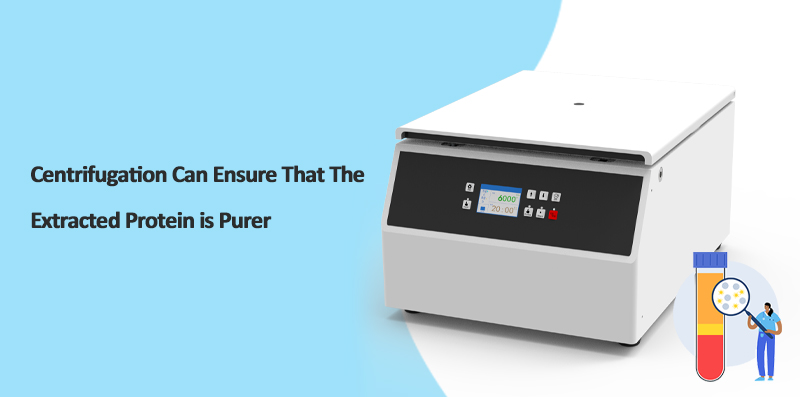
This article outlines the key steps and practical techniques for extracting mouse skin proteins, aiming to enhance both the efficiency and quality of protein extraction. By optimizing tissue collection, homogenization, grinding, and separation, protein activity can be preserved, degradation minimized, and extraction efficiency improved. Additionally, selecting the right extraction buffer, incorporating protease inhibitors, and precisely controlling experimental conditions are essential for obtaining high-quality protein samples, providing a solid foundation for subsequent analysis and experiments.
Centrifuge is one of the indispensable equipment in the mouse skin protein extraction experiment. The function of the centrifuge is to separate components of different densities through the centrifugal force generated by high-speed rotation, thereby effectively separating proteins from impurities such as cell debris, lipids, and nucleic acids. In the protein extraction process, the main applications of the centrifuge include:
Separation after tissue fragmentation: After ultrasonic fragmentation or homogenization, use a centrifuge to separate the supernatant and precipitate, and collect the supernatant containing protein.
Removal of impurities: Through centrifugation, impurities such as tissue residues, fat, and nucleic acids can be removed to ensure that the extracted protein is purer.
Concentrated protein: Centrifugation can also be used for protein concentration, especially when the amount of extract is large, centrifugation can help concentrate the required protein.
Next, we will introduce the key steps of mouse skin protein extraction in detail, including the whole process from tissue collection to protein extraction. The fine operation and optimization techniques of these steps are the key to ensure efficient and reliable protein extraction. Each step needs to be strictly controlled to maximize the activity and integrity of the protein and provide high-quality samples for subsequent experiments such as Western Blot, mass spectrometry analysis, immunoprecipitation, etc.
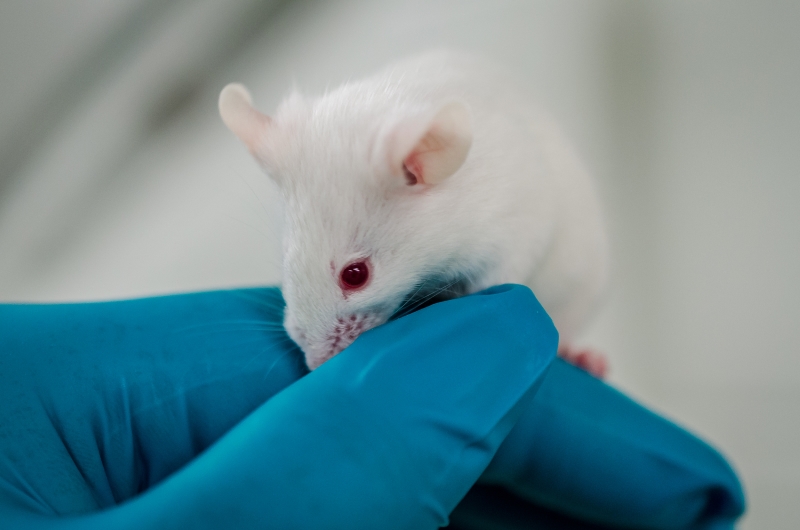
Collection and processing of mouse skin tissue
Collection of skin tissue
Local excision: After anesthetizing the mouse, use scissors or a scalpel to remove about 1 cm² of skin (back or abdomen) to avoid damaging deep tissues. Disinfect with 70% ethanol before surgery to ensure aseptic operation.
Complete peeling: After anesthesia, peel the entire skin from the neck along the connection between the skin and muscle, which is suitable for large-area tissue collection. The operation should be gentle, and hair and excess fat should be removed.
Tissue processing and preservation
Washing: Gently rinse the skin tissue in cold PBS buffer to remove blood and impurities, avoid long-term exposure to room temperature, and it is recommended to operate on ice.
Preservation: Short-term (<24h): 4℃ refrigerator; long-term: aliquot into cryopreservation tubes, add protective solution (such as 10% glycerol PBS), freeze at -80℃ or store in liquid nitrogen to avoid repeated freezing and thawing.
Mouse skin tissue protein extraction method
Buffer selection
RIPA buffer (Tris-HCl, NaCl, NP-40, sodium deoxycholate, SDS)
Applicable: total protein extraction, suitable for Western Blot, immunoprecipitation and other experiments.
Note: Before use, protease inhibitors (PMSF) and phosphatase inhibitors (NaF, Na₃VO₄) need to be added to prevent protein degradation.
NP-40 buffer (Tris-HCl, NaCl, NP-40)
Applicable: cytoplasmic protein extraction, low efficiency for membrane protein extraction.
Note: Protease inhibitors and phosphatase inhibitors also need to be added.
Mouse skin tissue protein extraction steps
Tissue homogenization
Steps: Cut the skin tissue (~1 mm³), add pre-cooled buffer (100 mg tissue/1 mL buffer), homogenize on ice, ≤10 seconds each time, repeat 3-5 times.
Note: Avoid excessive homogenization to generate heat to prevent protein denaturation.
Ultrasonic disruption
Steps: 200-300 W, pulse mode (3 seconds working/3 seconds interval), total time 10-15 minutes.
Note: Ice bath operation to prevent temperature increase from damaging proteins.
Centrifugation
Steps: 12,000 rpm, 4℃ centrifugation for 15-20 minutes, collect the supernatant as protein extract.
Note: Make sure the centrifuge is pre-cooled to 4℃ to prevent protein degradation.
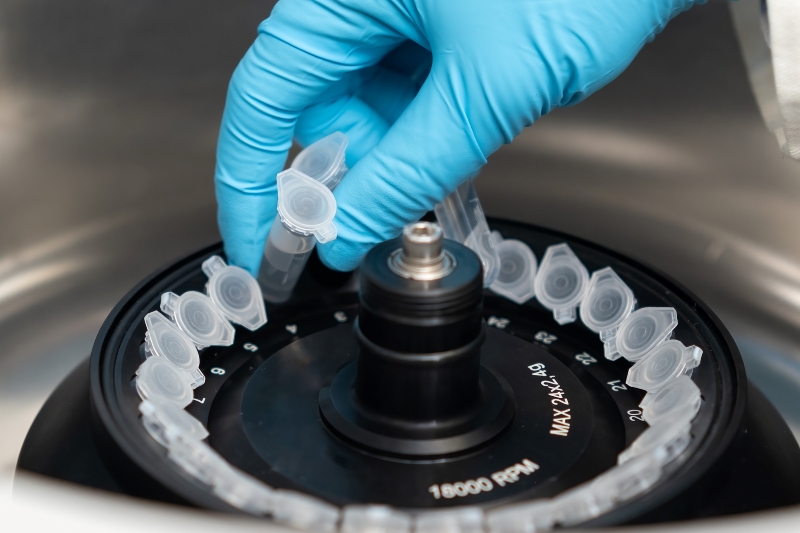
Protein extraction optimization suggestions
Precooling treatment: precool buffer and reagents to 4℃ to reduce protein degradation.
Step extraction: first extract cytoplasmic proteins with mild buffer, then extract membrane proteins with strong detergent.
Specific protein optimization: Triton X-100 and other detergents can be used for membrane protein extraction; sufficient phosphatase inhibitors need to be added for phosphorylated protein extraction.
Storage and application of protein extraction
Storage conditions
Short-term (<1 week): Store at 4℃, avoid repeated freezing and thawing.
Long-term: Add glycerol (10%-20%) or sucrose (5%-10%) stabilizer, store at -80℃ or liquid nitrogen after aliquoting.
Downstream applications
Extracted proteins can be used for:
Mass spectrometry analysis: protein identification and quantification.
Immunoprecipitation: study protein interactions.
Enzyme activity assay: detect specific enzyme functions.
Western Blot: analyze protein expression levels.
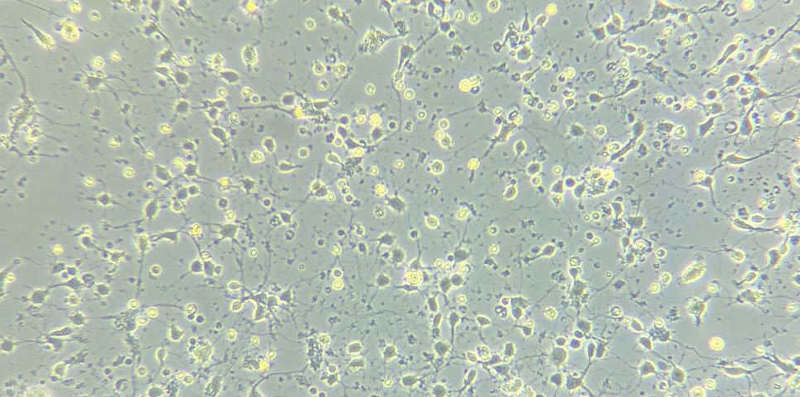
Common problems and solutions
Protein degradation
Reason: Protease is not inhibited, temperature is too high or operation time is too long.
Solution: Add protease inhibitors such as PMSF and AEBSF, operate at low temperature throughout the process, and shorten the extraction time.
Low extraction efficiency
Reason: Insufficient homogenization, insufficient ultrasonic fragmentation time or power.
Solution: Optimize homogenization and ultrasonic parameters, increase ultrasonic time/power appropriately, and avoid protein denaturation caused by overheating.
Too many impurities
Reason: Lipid and nucleic acid residues are not removed.
Solution: Wash the tissue with PBS before extraction to remove excess fat; centrifuge or filter after extraction, and use phenol-chloroform method to remove nucleic acids if necessary.
The above are the key steps and practical tips for extracting mouse skin protein shared in this article. It is hoped that these detailed operation procedures and optimization suggestions can help experimenters improve the efficiency and quality of protein extraction and ensure the reliability of experimental results.
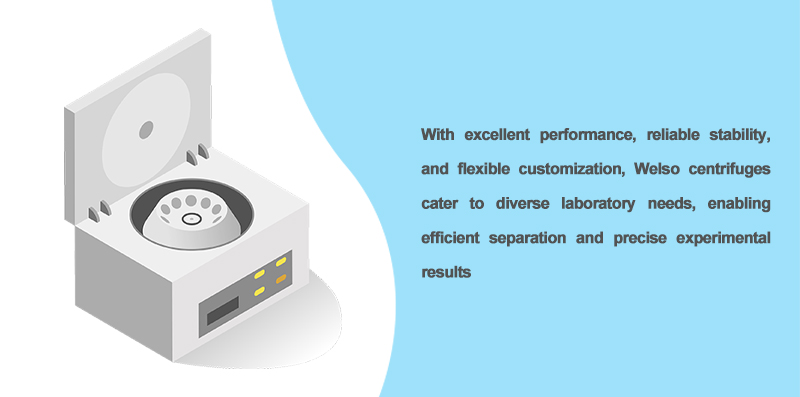
As a centrifuge supplier, Welso is well aware of the key role of centrifuges in the mouse skin protein extraction process. The centrifuge equipment we provide is precisely designed to run stably at high speeds, ensuring the efficiency and safety of the separation process. In addition to advanced equipment, Welso is also committed to discussing experimental optimization with customers to help you improve experimental results and ensure high-quality data in scientific research. We provide you with not only equipment, but also comprehensive technical support and services.